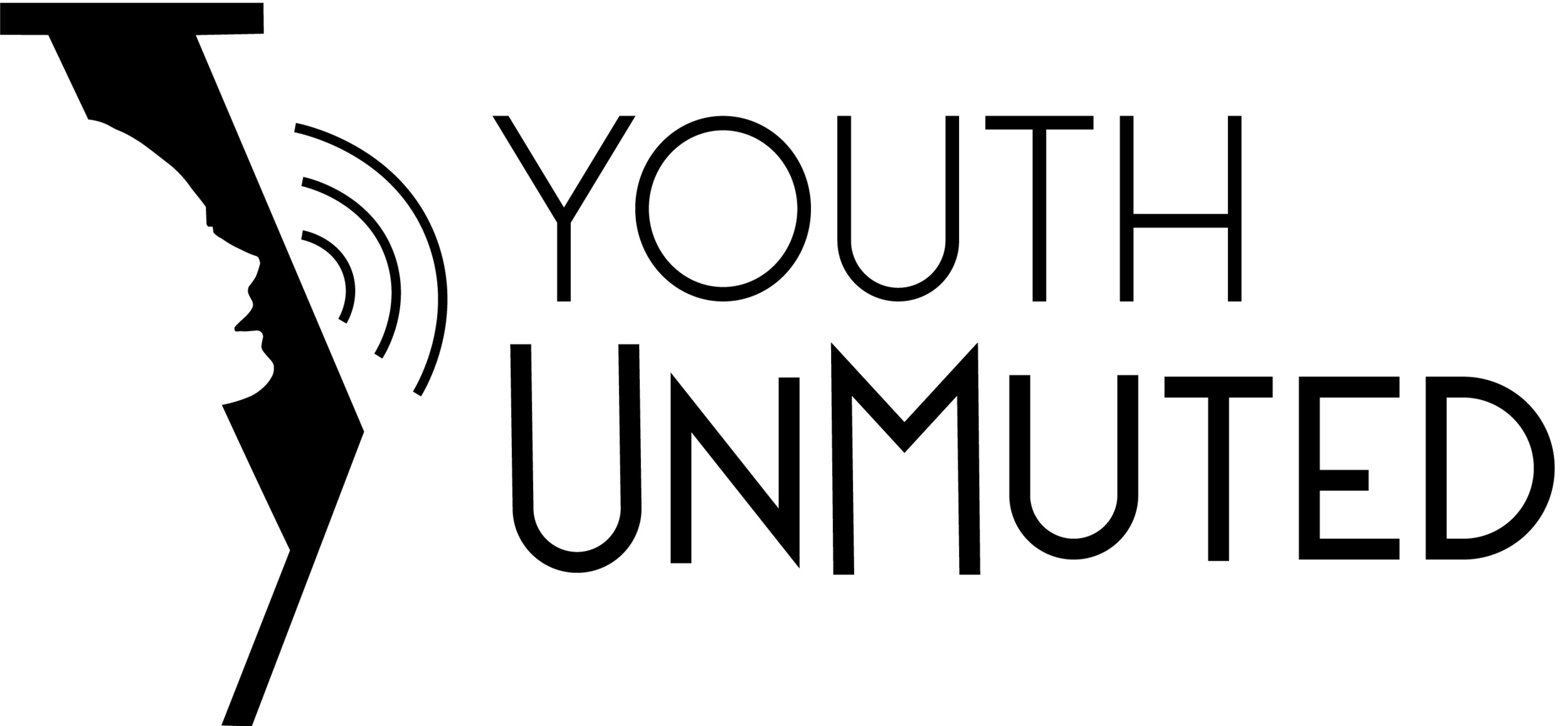Photography as a Conversation
By Ed Grattan
What would you do if you were told you had to create a portrait, but you couldn’t include your face? With the rise of smartphones and social media, it has been easier and easier for people to present themselves, or ideal versions of themselves, to the world. Non-profits, in turn, often use photos in their fundraising campaigns to bring human faces to their work and inspire people to give.
When you’re working with a population of displaced youth, however, presenting their faces to the world could lead to real-life consequences, so you have to get creative and really build relationships to share their stories through photography. That’s what I’m exploring today.
It’s important to treat any kind of art as a conversation. If you - the photographer - are the only one talking, the only one producing, you’re missing an important voice. As a visual storyteller who documents life through still photography, I know I have the ultimate say in what image is shared. I may have a conversation with someone before and after the picture is taken, but that moment is the only thing captured and shared with other people. This power dynamic is something I had to take into account when I was working with Youth UnMuted, as images play a huge part in the youth documenting their work and making their voices heard.
This brings me back to the challenge, though, of helping people express themselves without actually revealing their faces. Because Youth UnMuted works with young people in vulnerable contexts, protecting the privacy of the youth is of utmost importance. Consent and media release forms are par for the course with non-profits depicting the people they serve, but in the case of Youth UnMuted, protections need to be extended even further to keep these youth from being hurt or exploited. My work, then, tries to walk the line of respecting this privacy while allowing youth to direct the images and choose how they want to be represented. I want to help them feel they’re creating the most realistic depictions of themselves possible, within these constraints.
Part of this process is the amount of time I spend with the youth. I get to witness them at work and be around them so they can get used to me and talk to me. I spend a week with them in a group setting, interacting and building trust as I photograph workshops and create portraits with individual youth. I make sure they understand how it’s going to be used, and to what extent, and I make sure they get a copy. They know that, at any point, they can ask for their picture to be taken down and deleted. While there is still that power dynamic in that I am the one taking the picture, they own this process, too. I couldn’t do it without them.
Some youth do want to have their faces shown, but Youth UnMuted decided to not show faces for fairness and overall ethical guidelines, and to protect the identities of all of their youth. In response to that challenge, we integrated creative portraits into workshops that provided an alternative to the blurred editing most outlets and organizations have come to rely on. These portraits give you more of a vision into what these youth were thinking, without sacrificing their chance to express who they are.
The time allowed with these youth gave us the opportunity to move past observation and make the photographs into a conversation. I had the pleasure of hearing their stories and absorbing their personalities. This, I hope, is what is communicated in each portrait.
I’m honored to help Youth UnMuted with their documentation and advocacy, and I’m inspired by the work and energy and humor of the youth. Their stories need to be heard, and seen.
Ed Grattan, an independent photographer who captures street life, portraiture, and landscapes around the globe, has revolutionized the way Youth UnMuted documents the creative work of our youth. Ed contributes to humanitarian aid organizations and social justice projects through visual storytelling and hands-on support with communications and social media, and his current work and portfolio can be seen at www.edwardgrattan.com.




